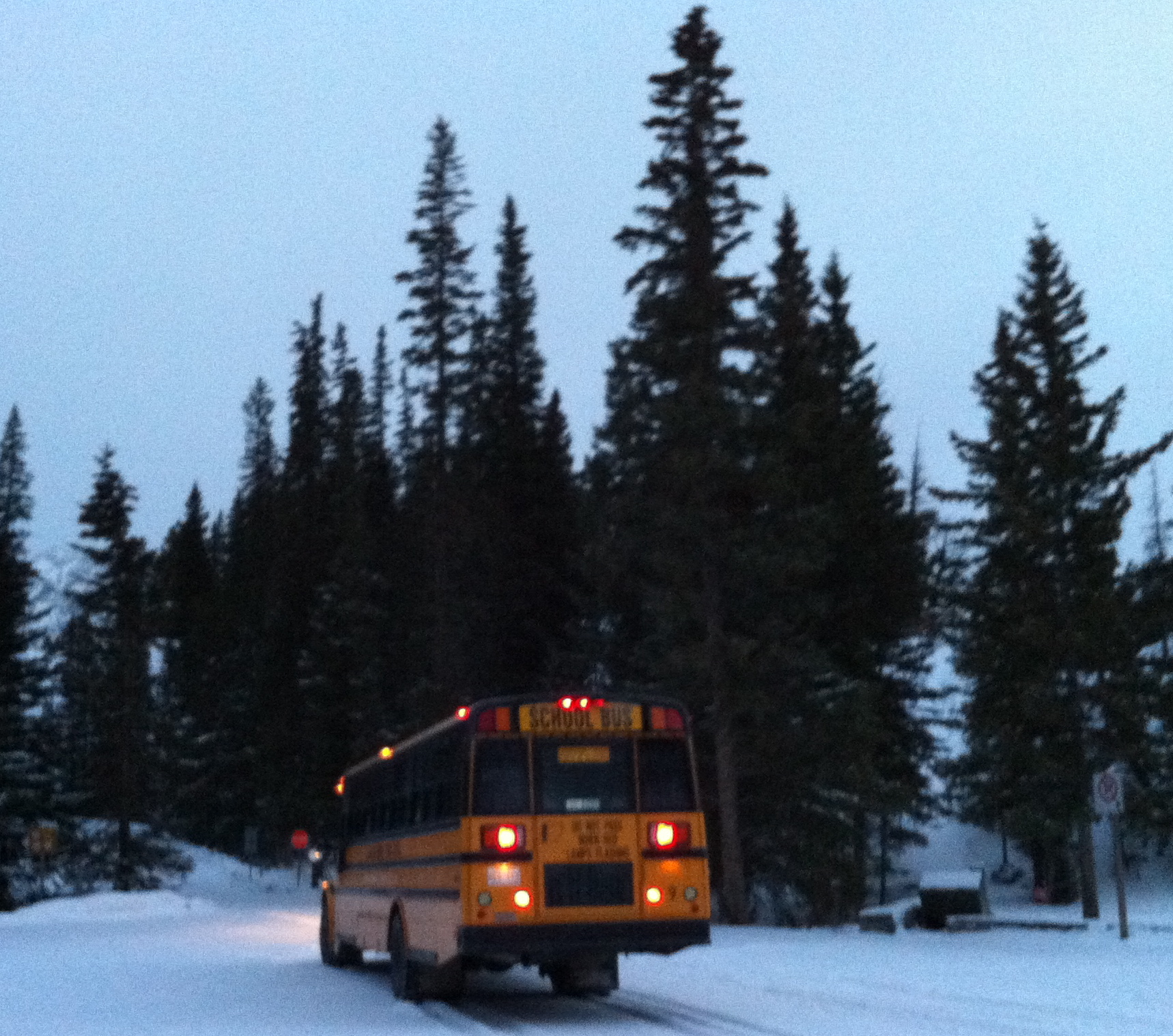Please drive more slowly around school children
/When I was seventeen and first allowed to drive, I drove too fast. I was in half a dozen crashes, mostly single vehicle, before I realised I was driving beyond my ability, not to mention outside the bounds of safety. I didn’t kill anyone, and for this I am grateful. The reason I’m confessing my shameful driving history here is that I’m about to give a little lecture, something I promised myself I wouldn’t do in these pages, and before I start, I want to put on record that I’ve been in the bloody idiot camp when it comes to being in charge of a motor vehicle. And now, to the lecture.
I read recently that so many drivers are speeding in school zones the State Government is considering stiffer penalties for breaches. Over 300 drivers were clocked at between 70 and 80kph in 40kph-limited school zones in the last year in Queensland, and 43 drivers were clocked at over 80kph. While the seventeen-year-old me would be blithe in the face of these numbers, happily accelerating, the mother-of-an-eleven-year-old me finds them hard to believe. Surely not, I think, not around a school where on any day I might see six year olds on scooters bunny-hopping from the footpath to the gutter, toddlers running suddenly, unexpectedly out on to the road, my son and his buddies so unaware of cars they cavort down the street throwing a ball.
I worked on a review of school transport safety some years back, and one of the more gruesome pieces of research we looked at related to speed and the likelihood of fatal injury when it comes to hitting pedestrians. In summary, when you drive even a little faster, you become much more likely to kill the pedestrian you hit. At 30kph, it’s five per cent likely. At 50kph – a speed 100 drivers a day are caught doing in school zones – the likelihood increases sharply, to 40 per cent. At 70kph, the speed one driver a week is caught travelling in school zones, you are 80 per cent likely to kill a pedestrian you hit, and at 80kph, the speed 43 drivers were caught travelling, it’s almost 100 per cent. If you think you can stop in time when a child does something unexpected, as children will do no matter what their parents and teachers tell them, you’re wrong. You can’t stop. You can’t even slow down. Maybe you were rushing somewhere important, maybe you arrived on time, but it’s dumb luck that you weren’t the person who met the six year old on the scooter, the toddler on foot, the ten year old who chased a ball, you weren’t the one who’ll have to live the rest of life, knowing.
When I was in primary school, an older brother of one of the kids in my class used to pick his younger siblings up in the afternoon. There were no school speed limits in those days. Cars came into school grounds. Three o'clock was crazy, dangerous, although none of us knew it. The kids in my class, including me, thought the big brother was really someone, driving a car like a grownup. He had a thatch of blond hair and big hands and he drove a light blue Holden Kingswood. One rainy day, he hit and killed a grade 1 boy. As an adult, I’ve often thought of him, that big blond boy, how his life must have turned on that one experience.
How do you tell someone else to take care? My younger self – the one who sped through stop signs with abandon – wouldn’t have listened to the bleating me now anyway, would have laughed in the face of the statistics on speed and death, would have assumed she was immune to harm and harming. I suspect drivers of any age who speed in school zones won’t read this or care, and maybe they don’t even realise what they risk. If stiffer penalties will work, I’m all for them. A short prison sentence might be a good start, together with an enormous fine and a naming in the paper with a very big photo. If that’s what it takes, I say, bring it on.
Based on the column published in The Courier-Mail Qweekend on 12 October 2013. I write mainly about writing, education, birth, health and the thrill of parenting. You can Get in touch, tick the box to receive emails, Like Writer Mary-Rose MacColl on Facebook or follow MaryRoseMacColl on Twitter. Have a great day!




